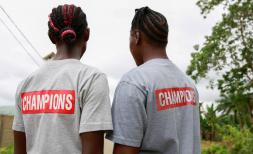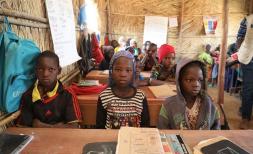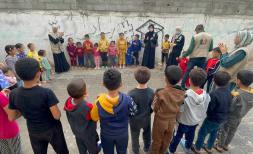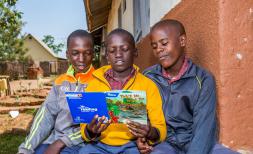An inclusive society starts from an inclusive education
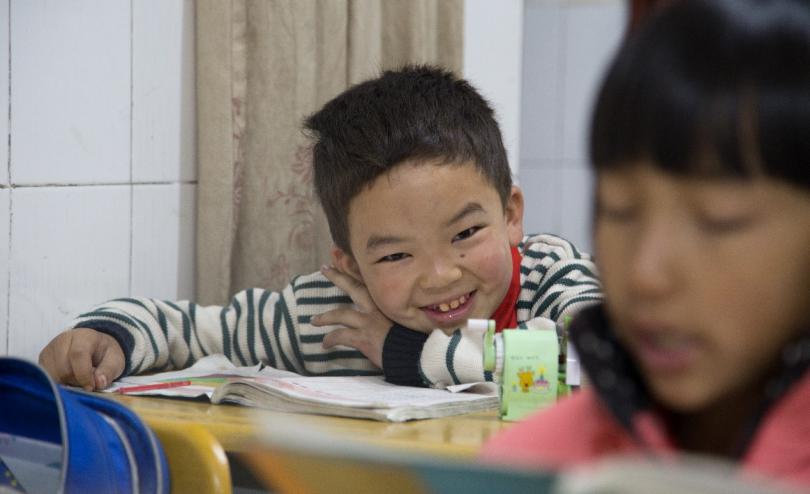

Save the Children believes that more efforts should be made to remove the barriers that hinder people with disabilities, and more specifically children, from becoming fully integrated citizens. Too often, persons with disabilities are invisible in the society. But if they remain invisible, those barriers will never be removed.
Studies have shown that lack of access to services such as education and health, people with disabilities have higher rates of poverty than those without disabilities. To break the vicious cycle of poverty and foster a more inclusive society, we need to start from childhood.
Although China has achieved tremendous progress in improving children’s wellbeing, children with disabilities have clearly been left behind. Statistics from the China Disabled Persons’ Federation shows that only 72 per cent of children with disabilities aged 6 to 14 receives nine years of basic education, compared to nearly 100% for children of the same age group without disabilities.
Among those children with disabilities who can access to education, half of them are attending special education institutions and later they still face numerous challenges in finding jobs in the competitive labor market. In other words, they end up excluded anyway because they have not been properly equipped with the knowledge and skills needed to live and compete in the mainstream society.
Inclusive education is the key to create a truly inclusive society. Inclusive education means that children with disabilities attend mainstream schools and, while following the same curricula as all other children, they also receive special attention and stimulation from specially trained teacher and properly equipped resource classrooms.
Save the Children started promoting inclusive education in China’s central Anhui province in 1988. Since 2012, the organization supported intensive pilot interventions in Sichuan, Yunnan and Xinjiang province. Teachers have been equipped with necessary skills and knowledge to design personalized study plan for children with disabilities. Resource classroom have been set up with tools and toys that can be used to offer stimulation and rehab for children.
Many positive changes have been achieved in the way teachers understand and support children with disabilities in the pilot project locations. Inspired by this success, local government partners have increased their funding to inclusive education initiatives. So far, 80% of teachers in all project schools now using child-friendly inclusive teaching methods. Furthermore, four Teacher Colleges have set up an undergraduate course on Inclusive Education as part of their course offer.
Despite this remarkable progress, there is a long way to go to remove all barriers that prevent children with disabilities to live a fully inclusive life.

Earlier this year, Save the Children China released the results of survey on parents’ attitudes towards inclusive education. By polling about 1,000 parents (include 225 parents with children with disabilities) across China, the survey revealed that 80 per cent of the respondents know nothing-to-little about inclusive education. The respondents said a supporting system is yet to be established for mainstream schools to enroll children with disabilities. Fears of children with disabilities being a factor of distraction or having bad influence on other children were the two most frequently cited reasons for parents to oppose inclusive education.
It takes time and consistent efforts to remove barriers and set the foundation for a more inclusive society.
Last year, world leaders adopted the ambitious Sustainable Development Goals (SDGs), which gives a clear benchmark for progress towards a world in which every child has the right to survival, development, protection and participation. Save the Children is committed to join hands with partners and individuals, to make sure that all children, including children with disabilities, will receive a quality education by 2030.
As the International Day of Persons with Disabilities is around the corner, we shall be reminded that we can only achieve the SDG goals if we chose inclusion rather than exclusion. Inclusive education will be a good starting point toward an inclusive society.
